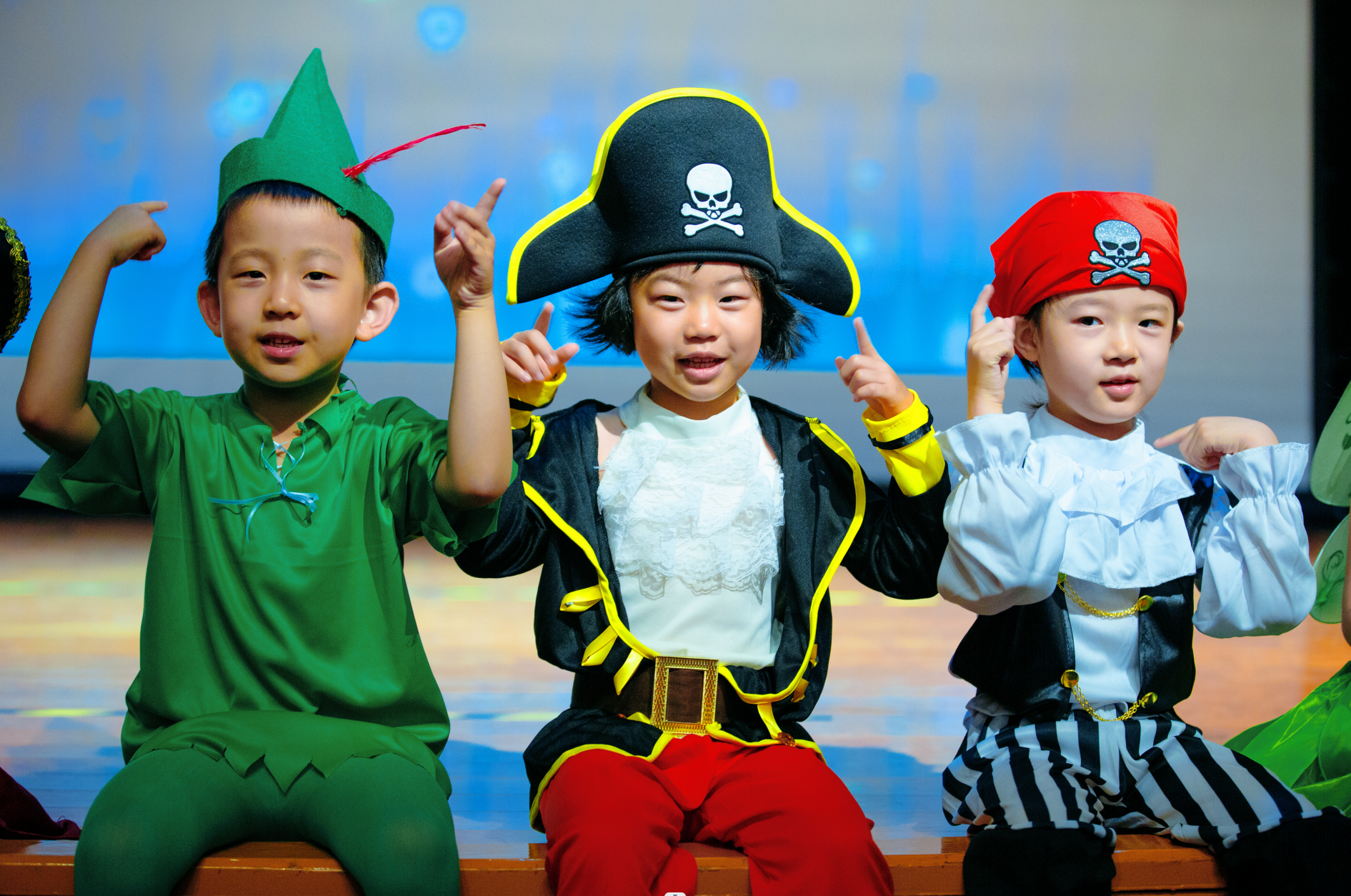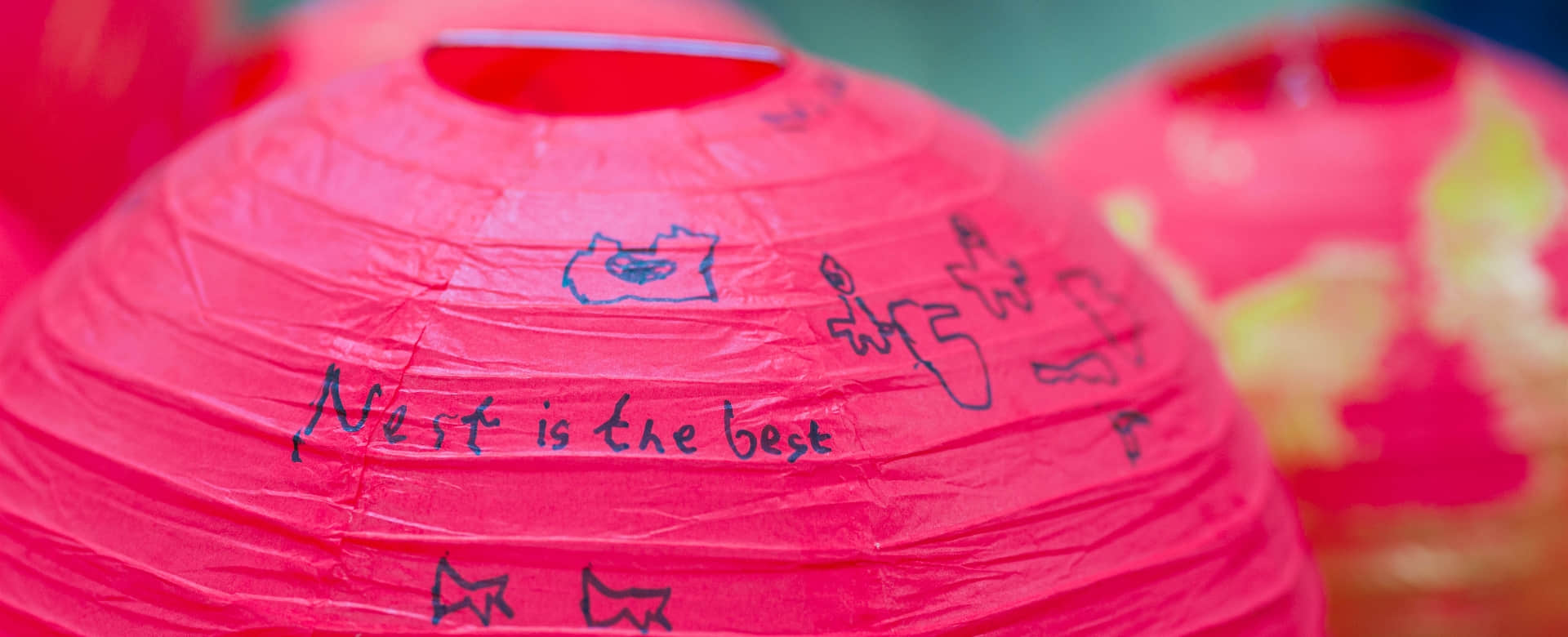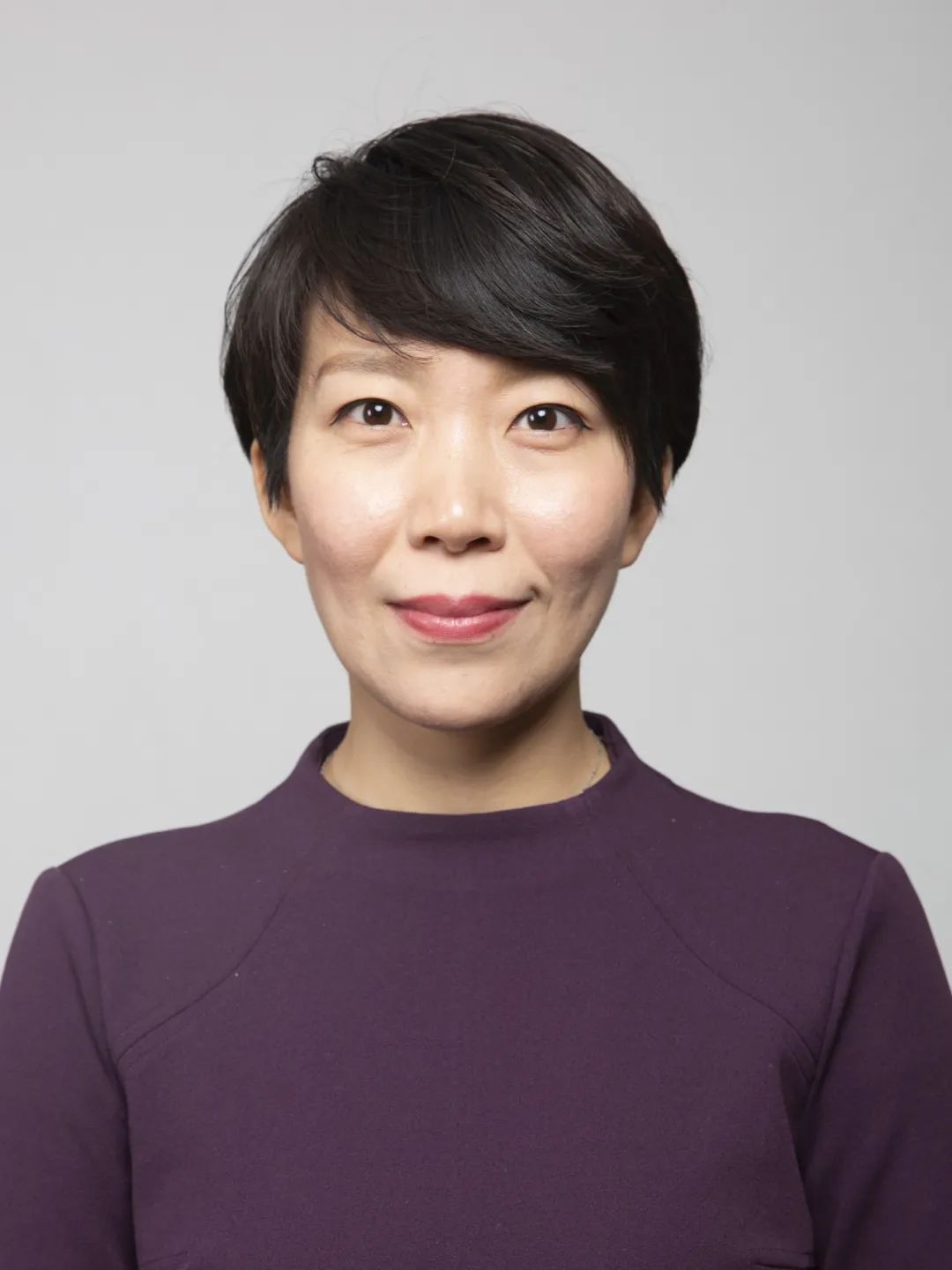Insights | Bilingual Teaching and Learning in the Nest
In this Educational Insights Series, experts from across the Wellington College group give advice, practical help and tips for parents who are keen to give further support for their children's learning. In this article from the series, Zelda Ryan and Lisa Li from Wellington College Tianjin Bilingual-Nursery discuss about bilingual teaching and learning in the Nest.


Zelda Ryan
Year 1 Teacher
Nest & Junior School Well-being Coordinator
Bilingual instruction affords pupils at Wellington College Bilingual Tianjin Nursery the opportunity to acquire a second language while benefitting from rich and in-depth Mother Tongue/First Language provision. It is an ideal environment for English (the second language) to piggyback on a well-structured and well-resourced Mandarin (Mother Tongue) programme.
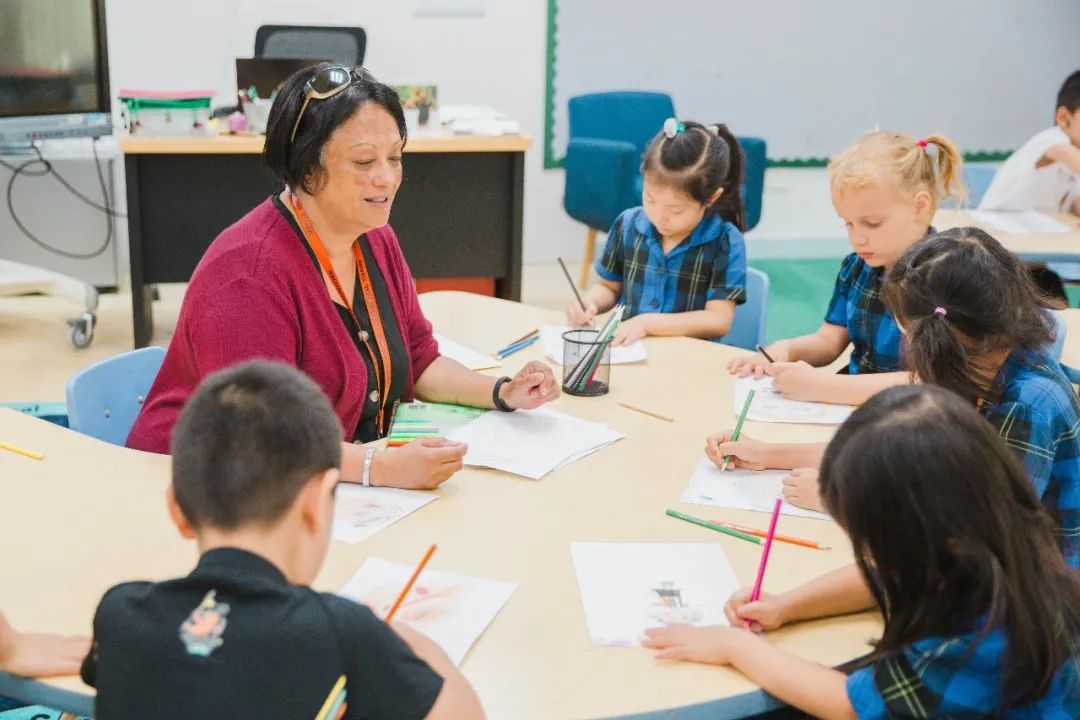
Research has highlighted many additional benefits to the exposure of a second language in early childhood beyond the acquisition of the language itself. Bilingual children have demonstrated increased problem-solving abilities, better working memory and improved capacity for abstract thinking, among other benefits. The acquisition of English is however very dependent on a robust, consistent and interactive Mandarin programme. As pupils become more and more comfortable, experienced and adept at conceptualizing, processing and communication in Mandarin it is easier for them to then make the shift and negotiate a second language. The English instruction uses the foundations laid in Mandarin on which to build and launch second language acquisition. At Wellington College Bilingual Tianjin-Nursery, we also believe and insist on celebrating the local culture along with Mandarin. As pupils learn to appreciate their history, cultural practices and language they are better able to understand and accept the challenges posed by a different language and its embedded culture.
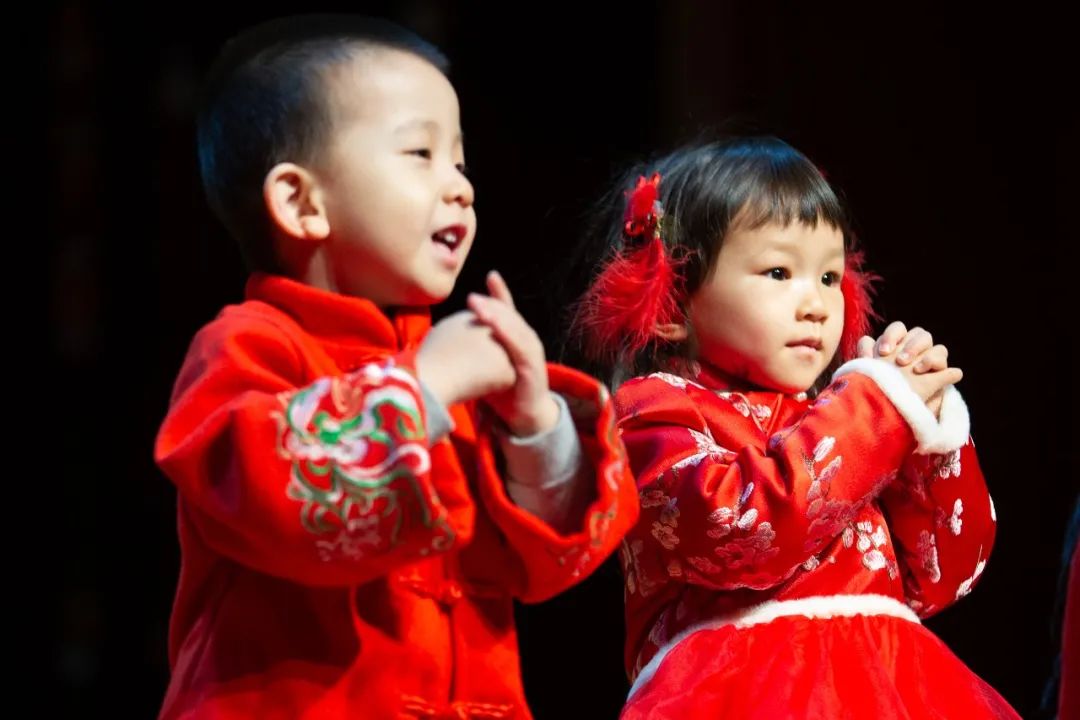
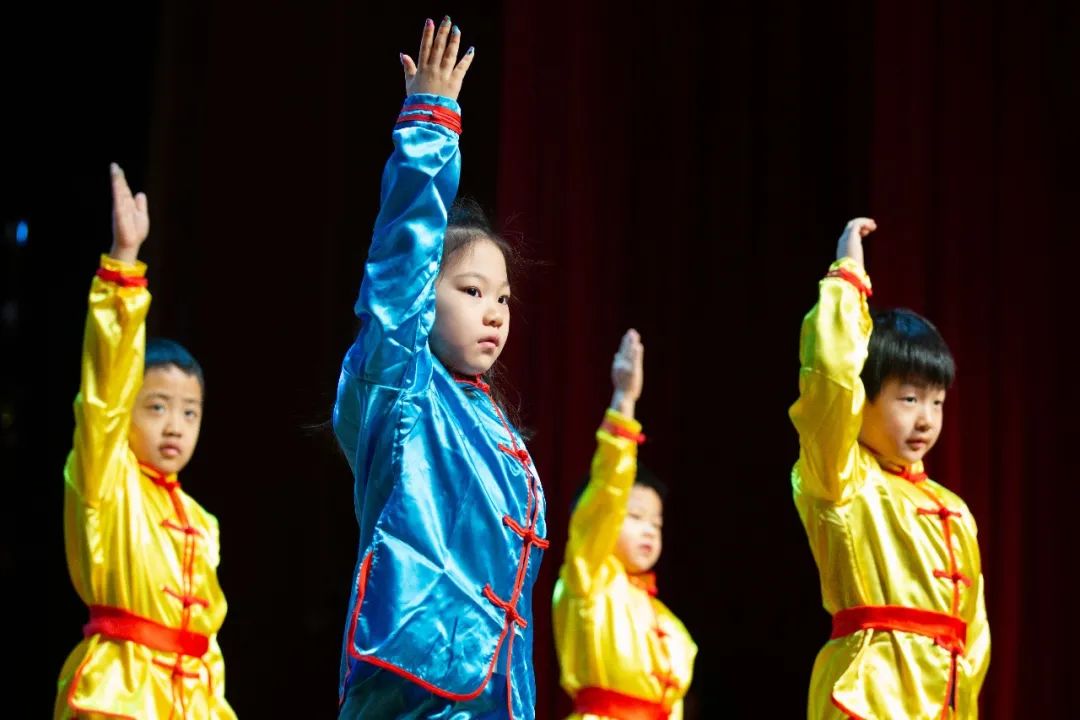
We are able to offer Bilingual instruction by carefully developing the curriculum to support our pupils. English and Mandarin staff closely collaborate in the planning of all learning activities. Classroom discussions are mapped and while not scripted, all staff are familiar with particular learning objectives and content for each topic. This allows interaction in both languages at very high levels where each language is used to instruct, communicate and secure skills and development. Each language, while not engaging in "Academic Speak" is celebrated by drawing on traditions of good language practice and not using "Child Speak." Our pupils are able to negotiate concepts using proper terminology and thus avoid the pitfalls of having to unlearn bad habits/speech later on in their schooling.
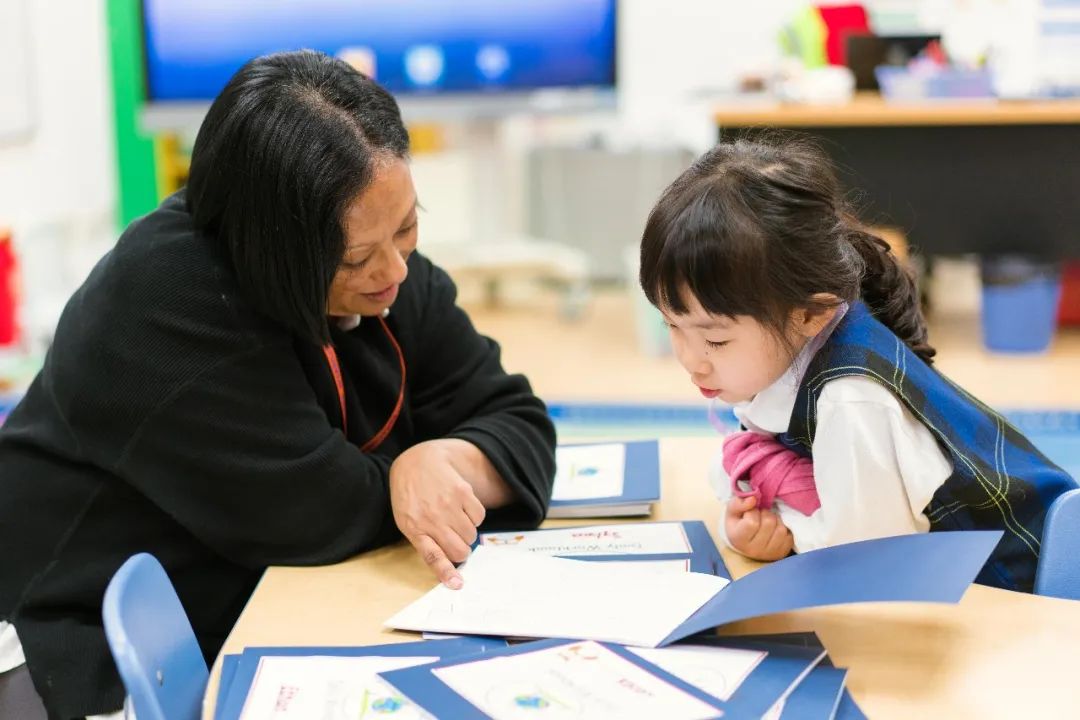
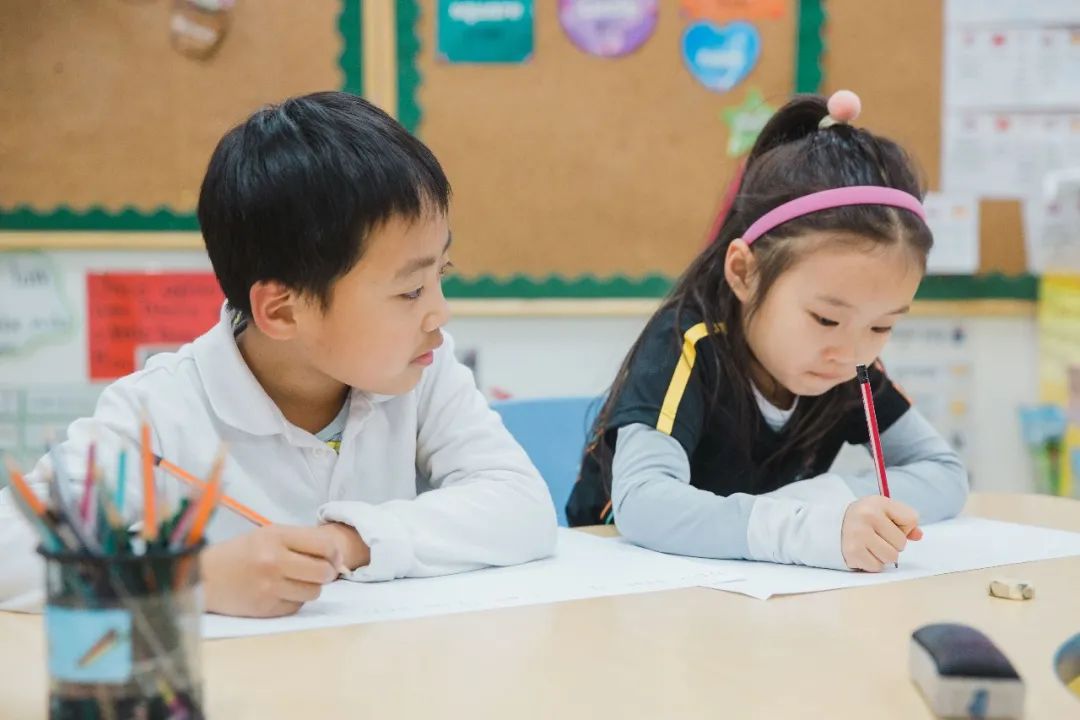
Our pupils are exposed to a print-rich environment in both English and Mandarin. While not necessarily able to read everything, this does however instil a respect for and appreciation of the written word. Pupils are encouraged to attempt, albeit pretend to, read and write at every opportunity. Opportunities to engage in the foundations of reading and writing like sign recognition and mark making are provided from early on and pupils are free to communicate in either language.
As both teachers engage with pupils, translation is kept to a minimum. Rather, pupils are challenged to make the shift between languages while developing their understanding of concepts with the aid of resources, facial expressions and body language etc. We have found that very quickly they can bring all their awareness and focus to a discussion as they look for cues and clues during bilingual discussions. This not only speeds up their English language acquisition and development but also their understanding of concepts and mastery of learning objectives.
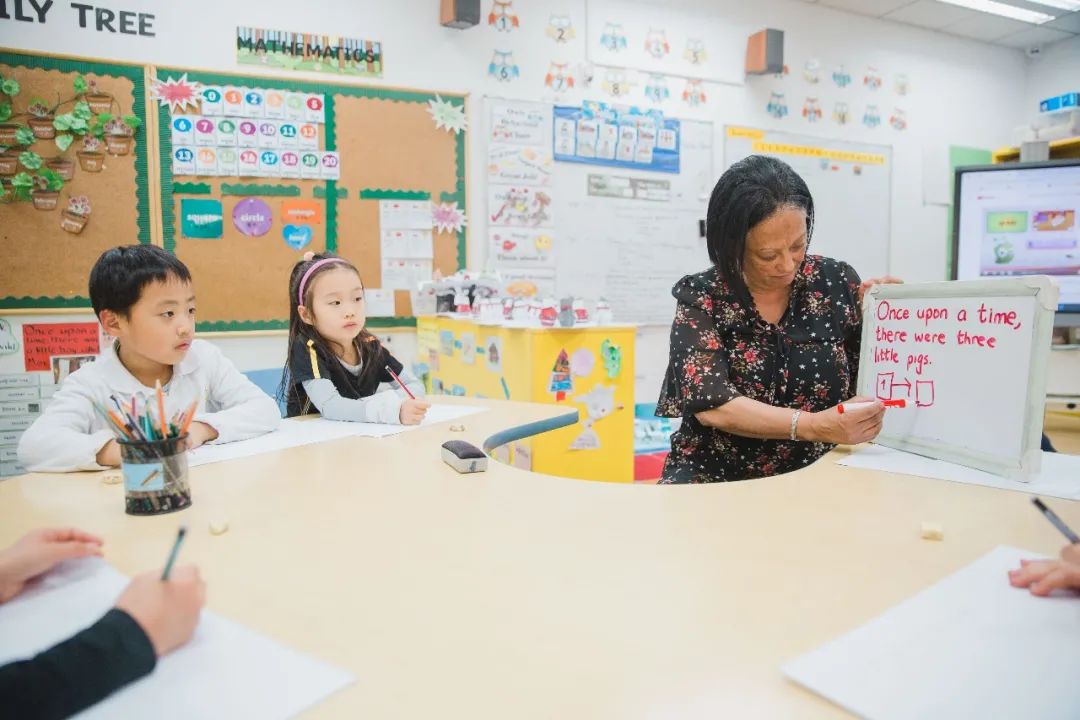
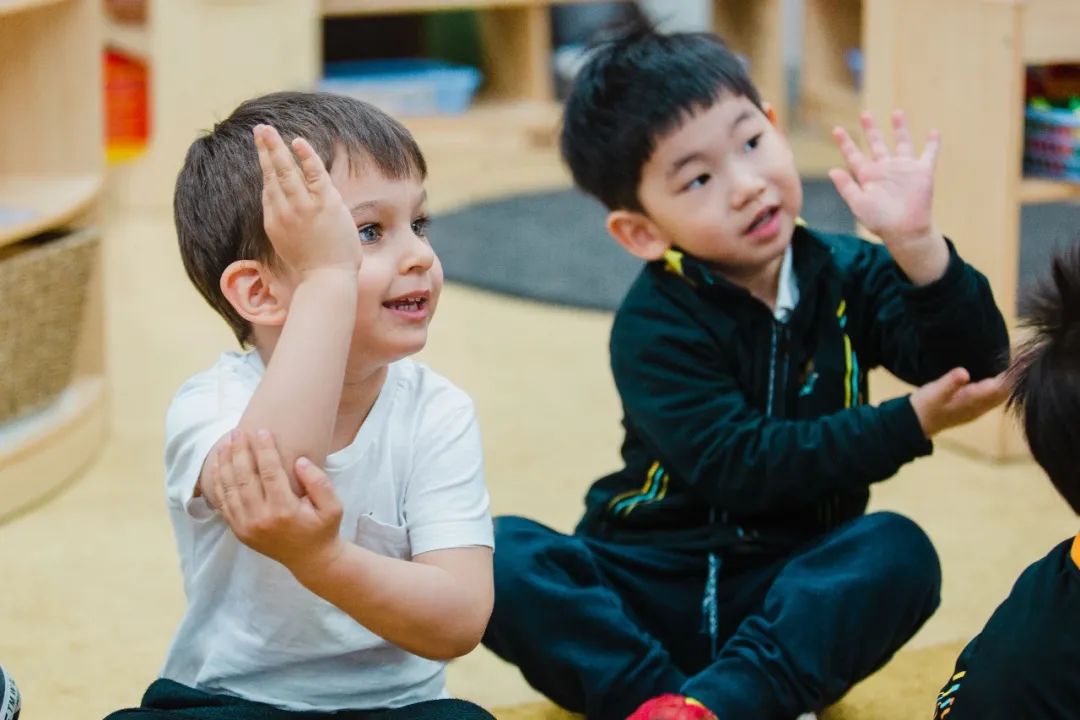
A celebration of Chinese culture and Mandarin through history and the investigation of traditional poems and stories is supported by discussions around these topics in English. Also, pupils are encouraged to display their understanding of and pride in their heritage. We strive to enable our pupils to be very proudly Chinese in English and Mandarin!

How to integrate Chinese culture into bilingual teaching?
Lisa Li
Deputy Head of Early Years
Chinese traditional culture is extensive and profound. There are also many Chinese cultural and literary activities suitable for young children, such as poetry, legends, traditional children's songs, idioms and stories. Regarding each theme, we have integrated Chinese culture learning according to children's age and level. For example, in the theme of Under the sea, traditional stories such as "Nezha Conquers The Dragon King" and "Jingwei reclamation" are introduced. The children enjoyed them very much and were happy to discuss and express their opinions on them.

Of course, it will take some time for traditional culture to be fully integrated into our bilingual education. We need to practice and exploration repeatedly. Guide children to understand, experience and be familiar with traditional culture step by step. We also use a variety of activities to enrich children's understanding of traditional culture. We made the teaching environment full of story scenes and props. Let the children feel as if immersed in the story so that they can better understand the story background and characters. Then they spontaneously began to discuss, role play, write the story down and extend or even create the story in both languages. This series of activities enable children to develop in various areas. It also allows them to gain physical and mental development through playing games. We strive to integrate Chinese culture education into bilingual teaching and let it shine in the Nest.
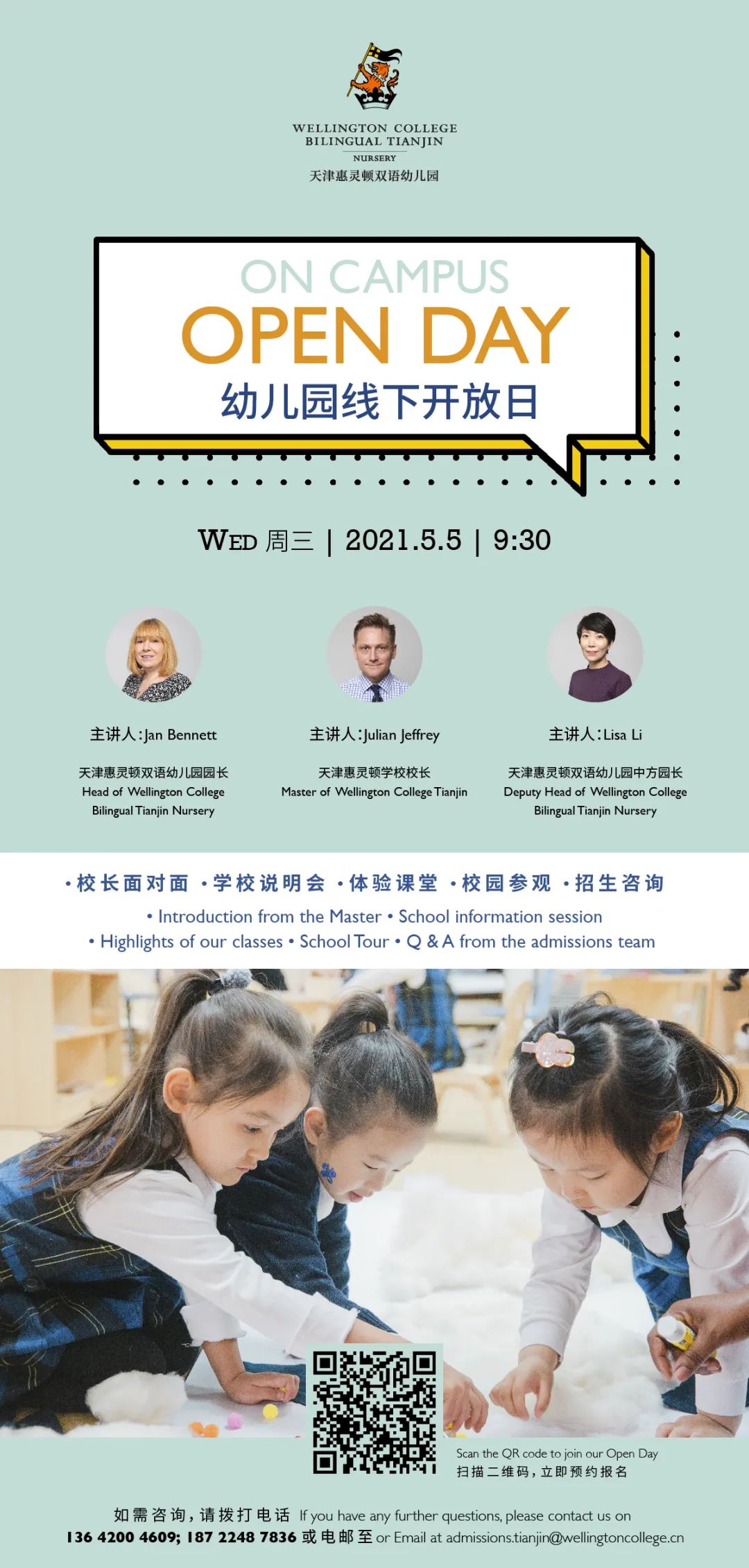
Related Articles







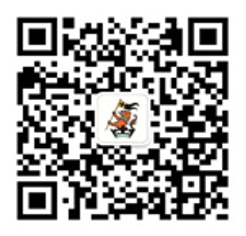
 Channel
Channel 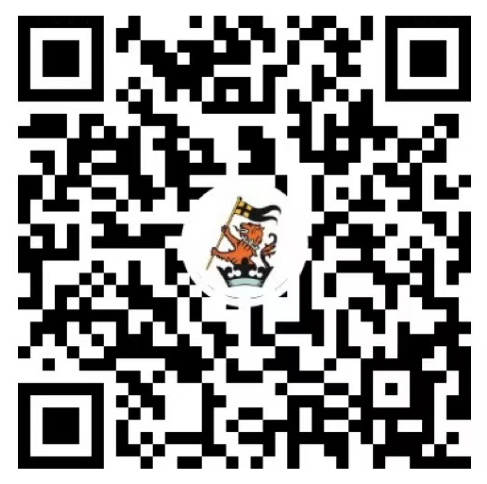
 Linkedin
Linkedin  Weibo
Weibo  Facebook
Facebook  Ins
Ins 

